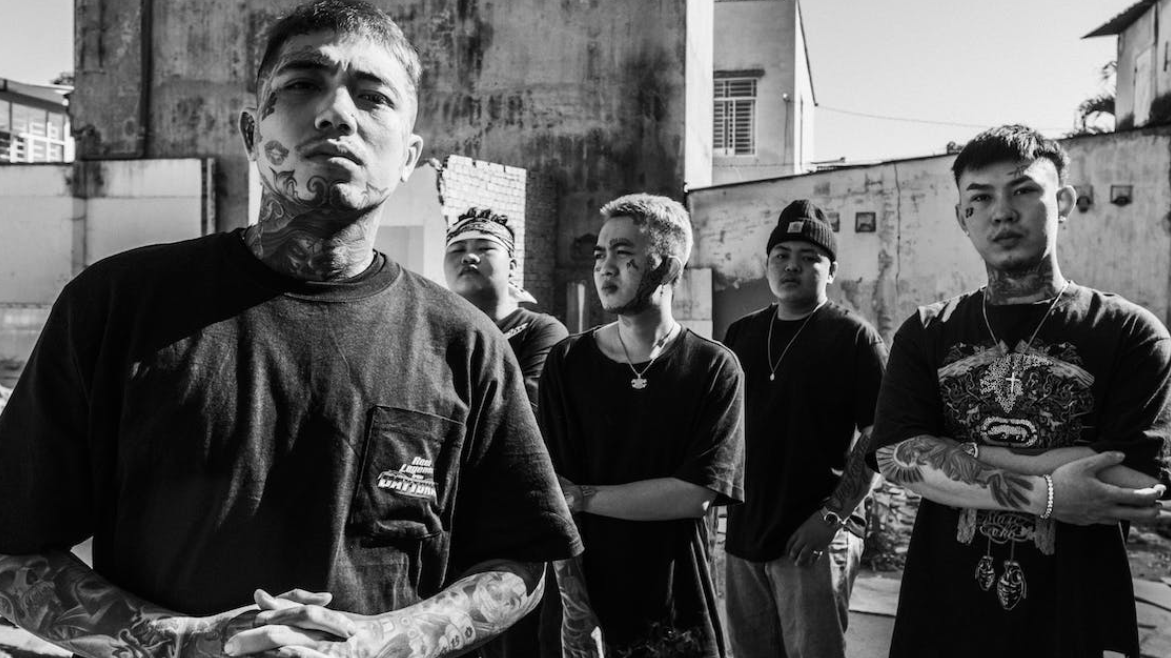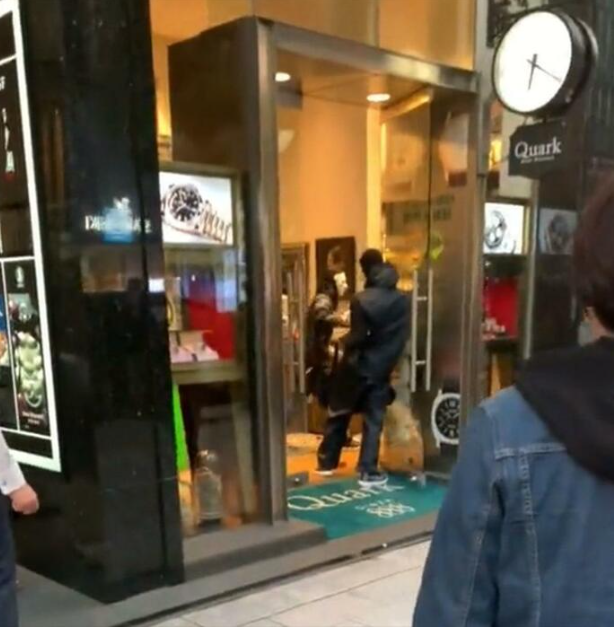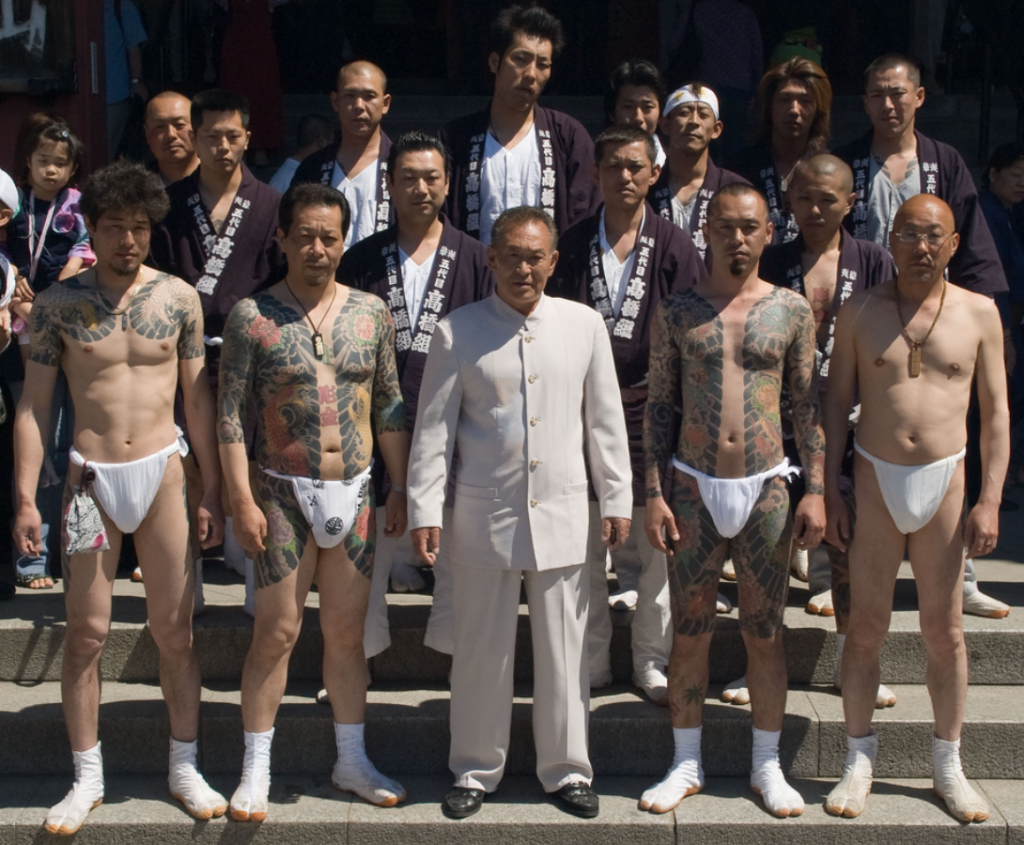The Non-affiliated Gangs behind the “Dark Part-Time Jobs”: The Relation between Yakuza and “Han-gure”

In Japan, recently, there has been crimes related to “dark part-time jobs”, such as clock and watch robbery, and communication fraud. Most of those who committed such crimes are ordinary young people. They involve in such crimes because of poverty (*1).
The number of arrests for special fraud by “dark part-time jobbers” is increasing every year (*2). Some of them are college students.
Such “dark part-time jobs” are said to be supervised by “Non-affiliated gangs”, or “Han-gure“(*3). So, who are “Han-gure“? Where do they come from?
(Figure: clock and watch robbery)

(Source: Yahoo Japan)
While the number of gangs in Japan is declining due to increased restrictions on their activities as a result of the Anti-Boryokudan Law and the nationwide implementation of the Gang Exclusion Ordinance, there are concerns about the activities of antisocial forces known as “Non-affiliated gangs”, or “Han-gure”.
The police authorities have positioned the “Han-gure” groups as “quasi-boryokudan” and are making efforts to grasp their organizations and members, but they are not organized enough to be called an organization, and members can move freely in and out of the group.
Most of them are young people in their 20s to 40s. A senior law enforcement official said, “The members are fluid and elusive, but when they band together as a group, they are as violent and dangerous as the Yakuza (*4).
There are gangs called “Boryokudan” in Japan. How they are related to “Han-gure”?
Let me explain about “Boryokudan”, and the relation between “Boryokudan” and “Han-gure”.
“Boryokudan” is defined in the Law Concerning Prevention of Unjust Acts by Organized Crime Groups (commonly known as the Anti-Boryokudan Law) as an organization whose members may collectively or habitually promote violent and illegal acts.
(Figure: Members of Boryokudan)

(Source: Wikipedia)
The main characteristic of “Boryokudan” is that it is organized in the form of a pyramid, with the head of the gang at the top and other members such as a young leader and a chairman of the board of directors. The ties are tightly bound by pseudo kinship, and orders from the boss and older brothers are considered absolute.
In addition, they are subject to the Violence Prevention Law and prefectural violence exclusion ordinances, and are restricted in various activities in their daily lives, such as signing contracts with businesses and opening bank accounts.
In contrast, there is no legal definition of “Han-gure”.
Groups of biker gang alumni, local seniors and juniors, and others who have grouped together out of camaraderie are called “Han-gure”. Because “Han-gure”.do not have a strong hierarchical structure like that of a gang, the leaders of these groups are frequently replaced.
Unlike Boryokudan, they are not subject to the Boryokudan Law or the Gang Exclusion Ordinance.
For this reason, while it is possible to respond effectively to cases involving gangs by ordering the cessation of violent demands under the Violence Against Boryokudan Law, this is difficult to do for cases involving “Han-gure”.
It seems that Boryokudan and “Han-gure”are not mutually hostile, but rather cooperate with each other while maintaining a fine distance. Specifically, Boryokudan, whose actions are restricted by the Violence Against Boryokudan Law, use the “Han-gure”, who can move freely, as pawns, and the “Han-gure”get compensation from Boryokudan, and both sides use each other(*5).
Then, what is the background of “Han-gure”? Let me focus on one of “Han-gure” groups.
There is a “Han-gure” group called “Dragon”. Because “dragon” do not hesitate to stab their opponents with knives at all, they are feared as a vicious group and are sometimes called “knife army”.
They were so ferocious that they cut off the arms of yakuza with Japanese swords and led groups of thieves to rake in hundreds of millions of yen.
They reached their peak in terms of extremism in the 1990s. They caused incidents such as setting fire to police cars and police boxes, attacking police officers and attempting to take their guns, and raiding yakuza offices began to occur.
“Dragon” was formed in the late 1980s mainly by second and third generation Chinese orphaned children (*6).
In the 1980s, during the so-called “tsuppari” boom, when delinquents were popular, discrimination and bullying by delinquents against Chinese orphans was terrible.
Chinese orphans were routinely called “Chinese” and “idiots,” beaten unreasonably, and abused by violence. Among the Chinese orphans, there were some who had a rough temperament and were strong in fights, and these fierce fighters banded together to form a delinquent group centering on second-generation Chinese orphans as a means of opposing the Japanese. This was the background of the formation of “Dragon”(*7).
Therefore, “Han-gure” is one of the spinoffs of discrimination in Japanese society.
*1 https://news.yahoo.co.jp/byline/konnoharuki/20230612-00353106
*2 https://toyokeizai.net/articles/-/414667
*3 https://belltree-magazine.com/yamibatio_shijiyakudare/
*4 https://news.yahoo.co.jp/articles/d6db6fb3edd4b78b3084a556552dfa1881848910
*5 https://keiji.vbest.jp/columns/g_other/4819/
*6 https://bunshun.jp/articles/-/43502
*7 https://newsmatomedia.com/wang-nan
Norifumi KASASAKU
Researcher (Analyst), Global Intelligence Group (GIG)



